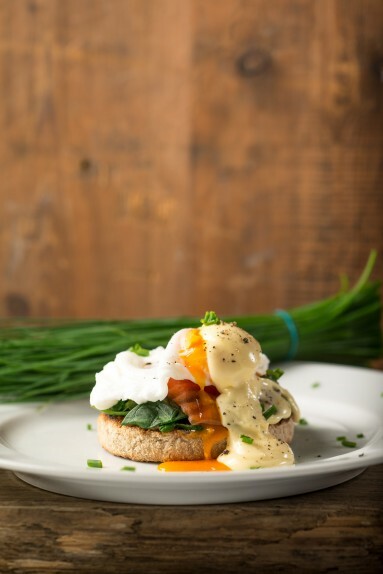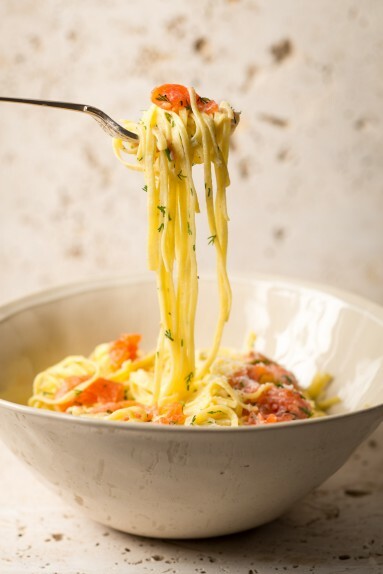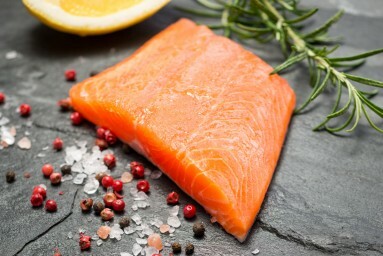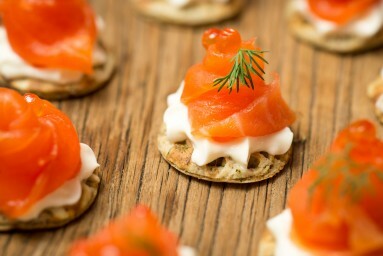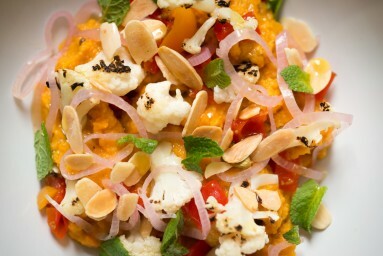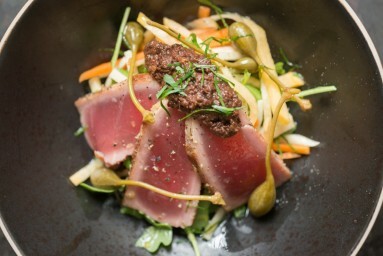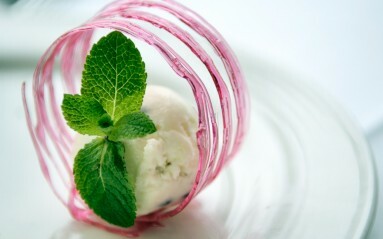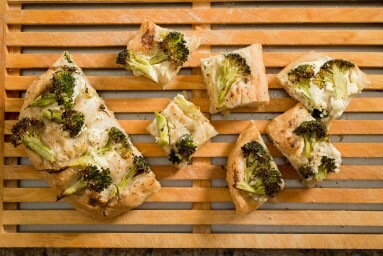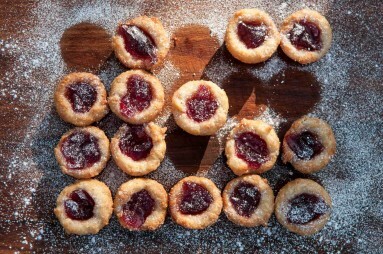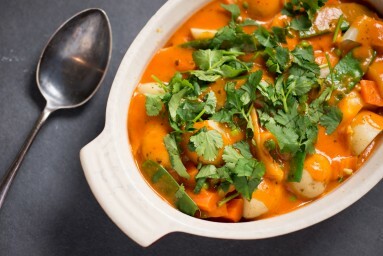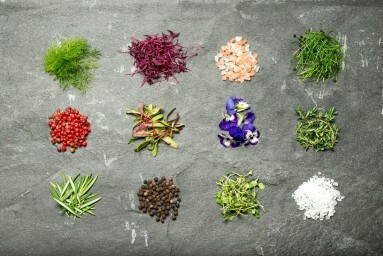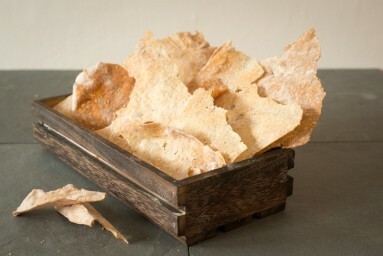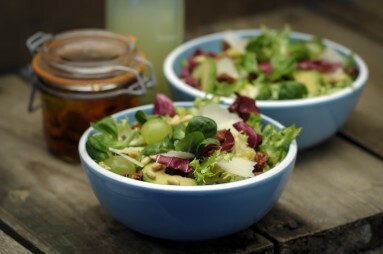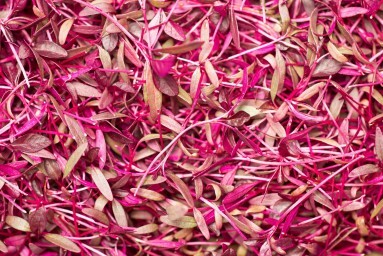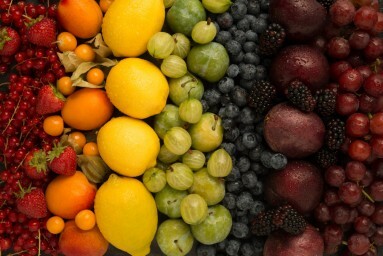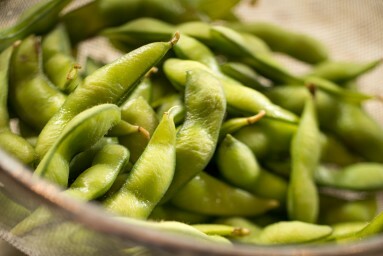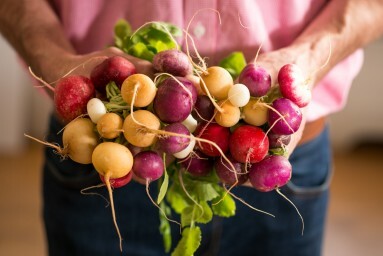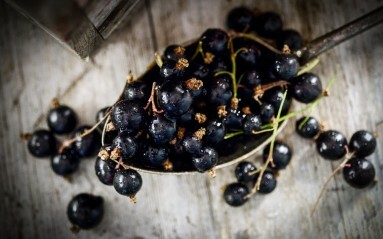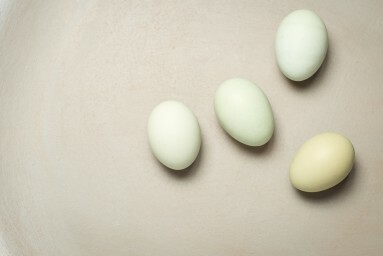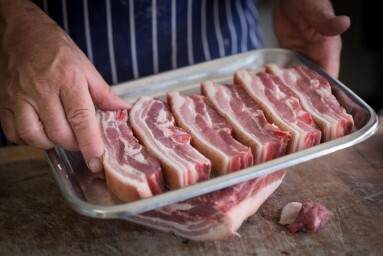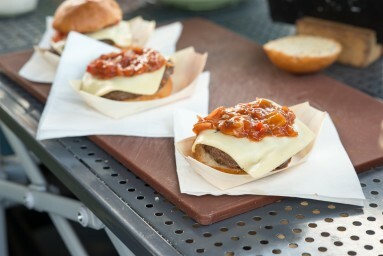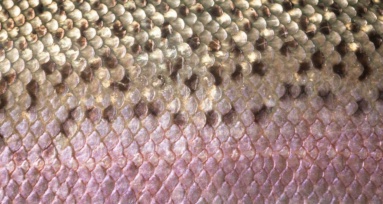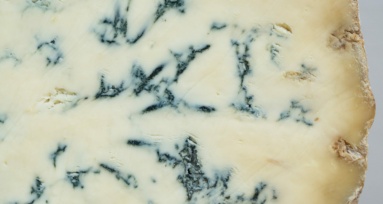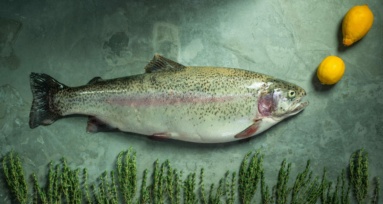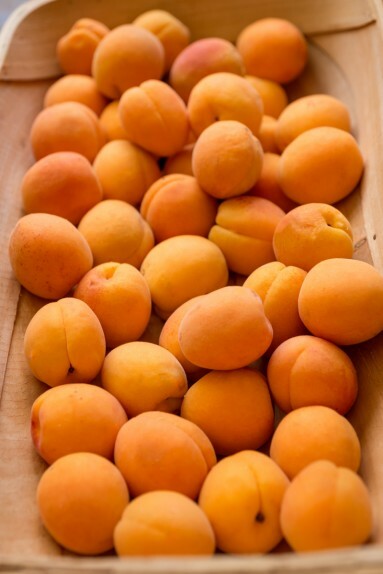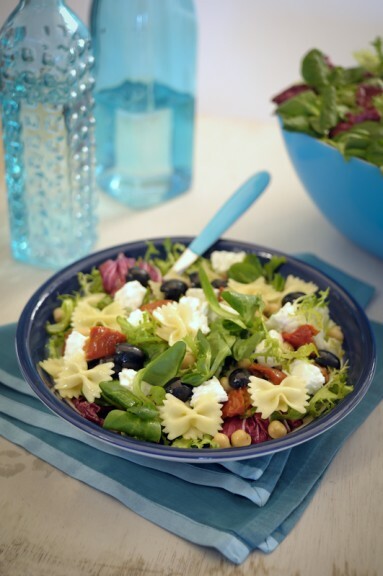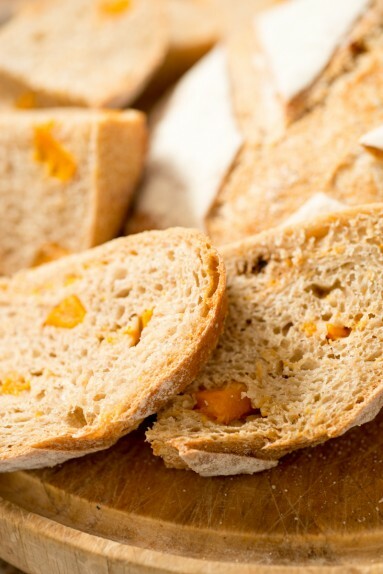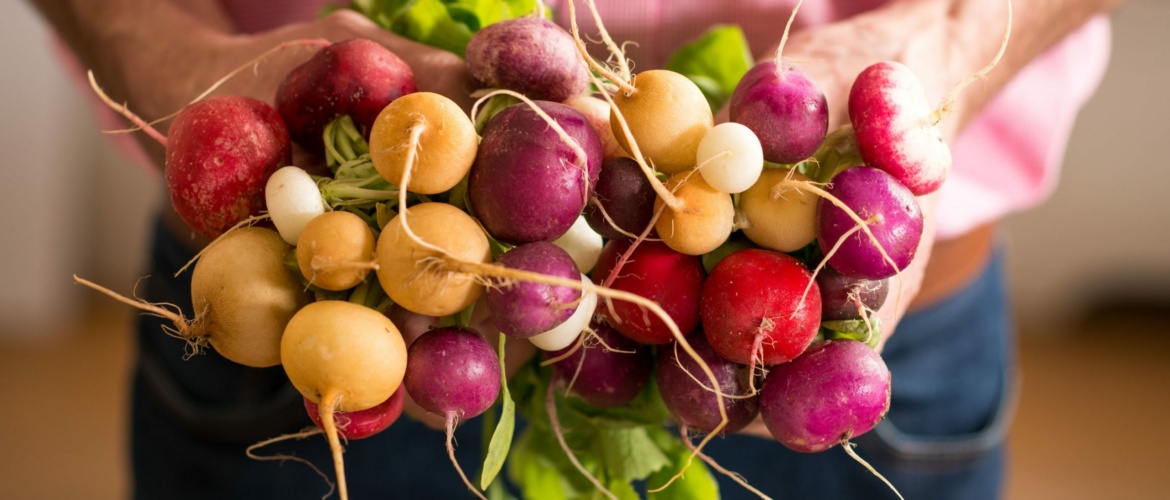
Food for Thought. A Reflection on Food Photography and Styling
Photography Firm recently had its ego stroked when a well known Gastro mag asked for our lead photographer Andrew Perris’ input on an upcoming article about food photography. As a field we’ve become more and more enthusiastic about in recent years, it was nice to have our efforts recognised (…or maybe nobody else answered the phone!) Having already baked a serious thought-pie for the article, we thought we’d share a slice or two here… with a side salad of advice… and a nice cold glass of opinions ….. errrrrrm…. take it away Andy….
“For me, a perfect food shot is one that looks effortless. Whether that takes hours to achieve or occurs spontaneously, almost by surprise. Although there are guiding principles, there’re no hard and fast rules so it’s good to keep a relaxed approach to shooting and allow things to happen naturally. I always prefer to use daylight, controlled with a combination of fill boards and scrims. Key to being relaxed on the day is a little preparation beforehand so we’ll always research recipes and design a balanced shot list… then eat some biscuits because looking at photos of food on the internet make you hungry! We’ll have a workable outline in place before shooting for the props, ingredients and final style of the images and this structured approach actually affords more time on the day to have fun with the set and styling. With anything creative, there’re always happy accidents and we like to allow space for them to occur.
I think to get the most out of not just food photography, but styling, you have to love food. Everyone loves food, but we LOVE it. My wife and I go to bed and talk about what we’re going to make for breakfast. Then we’ll eat our breakfast talking about what we’re going to cook for dinner. We love trying new restaurants, beautiful ingredients and even kitchenwares. I think that passion and excitement for your subject carries over into your work and that’s what it’s all about really. Passion aside, to produce professional, top quality images, a certain level of technical knowledge and experience is definitely preferable. My background is varied, including some particularly specialist studio as well and lifestyle shoots, in hugely varied locations and conditions. Food photography is not just about one thing or the other – I’ve found that i’m constantly calling on different experiences and skills.
At least as far as we’re concerned at Photography Firm, both the photography and the styling are a team effort, so good communication with both clients and other creatives is key. I think these days, since the general standard has gotten so high, to operate at the top level of food photography, you need to have real confidence in both your shooting and styling, whether working solo or collaborating. Producing alongside great stylists is awesome and fresh collaborations bring energy and new ideas, but it’s also really special to create images off the cuff in your own time. When a Sunday drive takes you to a new street food outlet and you can throw their creations on a board out the back of the car and shoot something spontaneously beautiful, it’s immensely satisfying. That’s where some of my most creative work has happened, and where I’ve gained the most insight…. You also learn to shoot quickly when your original intention was some piping hot food, not a new image for your portfolio!
Food photography has played a fundamentally massive role in putting food and drink on the map as such an important part of our culture. Not too long ago, many cookbooks didn’t even contain photos, but we live in such a busy, visually cluttered age now that any recipe, whether in a blog, article or cookbook needs some stunning shots if it’s going to get any recognition. Social media has also had a huge impact, with food images being up there in the top shares. Food’s got universal appeal. Just look on Instagram to see the fantastic level of amateur food photography out there – it keeps us on our toes!
When looking for inspiration for shooting, you can start by thinking about what already looks good simply sat on shelves in the market. Fresh fruit and vegetables – anything freshly prepared is a joy. Colourful foods, interesting textures. Spices and condiments provide a huge, rich visual spectrum to work with. We’re currently working on a series of Punjabi recipes and the colours are amazing. As with all food photography, styling and props are key, alongside lighting. Most food looks good back-lit or side-lit. Back-lighting is essential if you are trying to capture steam. You’ll initially have your work cut out making brown foods look appealing – casseroles and stews can be challenging, but experimentation and experience will teach you how to dress them up for the camera.
When starting out, like in many fields it’s important not to get bogged down with the need for kit. Even entry-level DSLRs can produce fantastic results these days, especially coupled with the right glass. Buy (or borrow) a longer lens; something like a 105mm macro if you can, but don’t overlook your standard 50mm lens – these are mass produced and offer great value for money and nice wide apertures. You’ll need a tripod, especially if using available, natural light. Take inspiration from others. Find shots you like and try to mimic the lighting, whilst altering the content. Practice. See what works and what doesn’t and try to develop your own style. Use fresh ingredients (remember you get to eat this stuff when you’re done shooting, so it needn’t be costly developing a portfolio!) Don’t labour shots that aren’t working (you know when you know!). Move on and try something else. Getting constructive critique is great. There are plenty of places for this, from forums to other pros. Start simple. Don’t be overly ambitious. One of the first things I ever photographed at college was an egg. Try it – it will soon give you an idea how different directions and types of light affect your subject’s desirability. Finally, enjoy your photography and get out and about, photographing things you can’t (or at least shouldn’t) eat – people, products and landscapes. You’ll pick up valuable styles and techniques that you would never have thought relevant.”
You can read the full article here
In our next post we’ll chat a little about the future of food photography, its trends and impact. Thanks for getting this far and showing such restraint… now go and make a sandwich!

